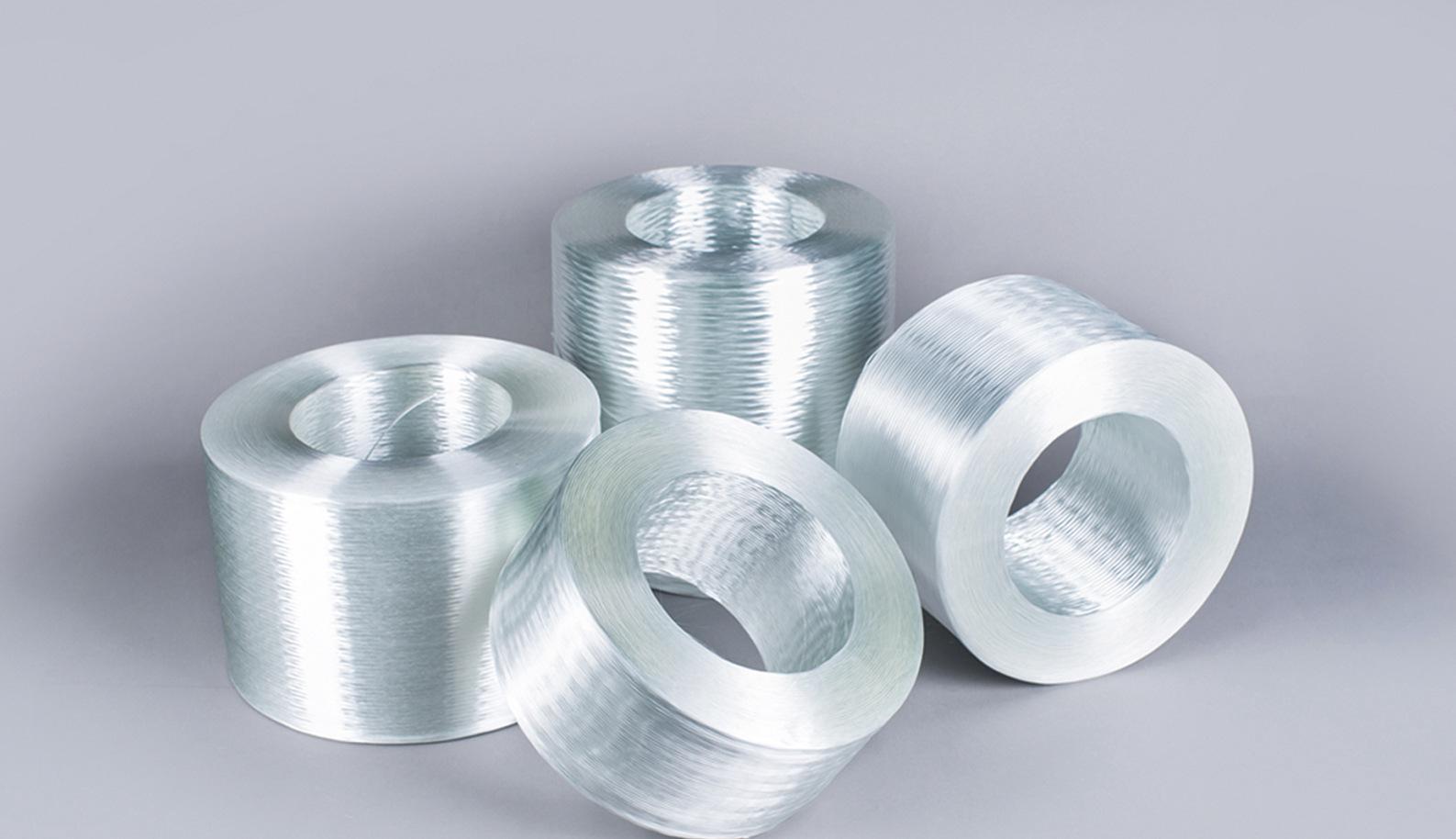Glass fiber or fiberglass is an inorganic non-metallic material with excellent properties. It has the advantages of non-combustible, high temperature resistance, insulation, high tensile strength and good chemical stability. Due to the excellent properties of glass fiber, glass fiber products are widely used in various fields, such as petroleum, chemical, construction, environmental protection, aviation, and defense. Followed we will introduce the application of glass fiber products.

The main fiberglass products are as follows:
1) Glass cloth. Divided into non-alkali and medium alkali. Alkali-free glass cloth is mainly used to produce shells, molds, storage tanks and insulated circuit boards for body and hull. Medium alkali glass cloth is mainly used to produce corrosion-resistant products such as chemical containers, and can also be used to produce plastic coated packaging cloth. The properties of the fibers selected for the production of the fabric as well as the yarn structure and warp and weft density of the fabric affect the properties of the fabric.
2) Glass belt. Made of fiberglass by plain weave, there are two kinds of side-locking bands and burrs. It is generally required that the dielectric properties and the parts of the high-strength electrical equipment are made of fiberglass.
3) Unidirectional fabric. The unidirectional fabric is satin fabric woven from coarse warp yarns and fine weft yarns. It is characterized by high strength in the main warp direction.
4) Three-dimensional fabric. The fabric with three-dimensional structural characteristics can enhance the integrity and bionics of the composite material, and can increase the damage tolerance of the composite material, and has wide applications in sports, medical, transportation, aerospace, military and other fields. Three-dimensional fabrics include woven, knitted three-dimensional fabrics; orthogonal, non-orthogonal three-dimensional fabrics. The shape of the three-dimensional fabric is columnar, tubular, block-shaped or the like.
5) Grooved fabric. A fabric formed by joining two layers of parallel fabrics through longitudinal vertical strips having a rectangular or triangular cross section.
6) Shaped fabric. The shape of the profiled fabric is similar to the shape of the product to be reinforced, so that it is woven on a special loom according to different requirements depending on the shape of the reinforced product. Shaped fabrics in both symmetrical and asymmetrical forms can be made.
7) Combined fiberglass. A product obtained by mixing continuous strand mat, chopped strand mat, roving, and roving fabric in a certain order. These combination sequences are generally chopped strand mat + roving fabric; chopped strand mat + roving fabric + chopped strand mat; chopped strand mat + continuous strand mat + chopped strand mat; chopped strand mat + random roving; chopped strand mat or cloth + unidirectional carbon fiber; chopped strand + surface felt; glass cloth + unidirectional Roving or glass rod + glass cloth.
8) Fiberglass insulation sleeve. The resin material is formed by coating a tubular glass fiber fabric. The types include PVC resin glass fiber paint tubes, acrylic glass fiber paint tubes, and silicone glass fiber paint tubes.
9) Glass fiber stitching weave. Also known as woven felt or knitted felt, it is different from ordinary fabrics and felts. A fabric in which warp and weft yarns which are overlapped by weaving are stitched into a knitted fabric. The laminated fabric of the woven fabric and the FRP has a high improvement in bending strength, tensile strength and surface smoothness.
10) Glass fiber cloth. This is the most used application of glass fiber products. The glass fiber cloth is divided into six types, namely: glass fiber mesh cloth, glass fiber woven fabric, glass fiber plain cloth, glass fiber axial cloth, glass fiber electronic cloth. Glass fiber cloth is mainly used in the FRP industry and can also be used in the construction industry. In the application of the FRP industry, the main role of fiberglass cloth is to increase the strength of FRP. In the application of the construction industry, it is used to make building exterior wall insulation, interior wall decoration, interior wall moisture-proof fireproof materials, etc.

